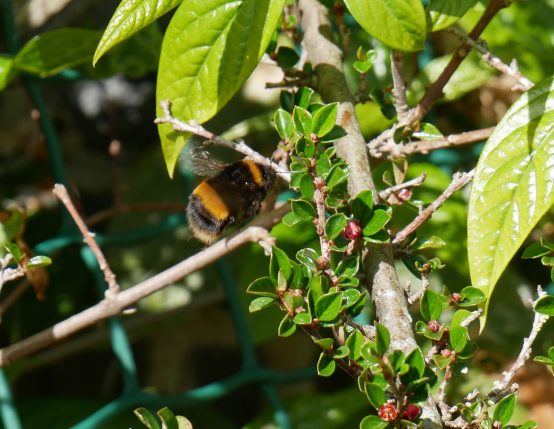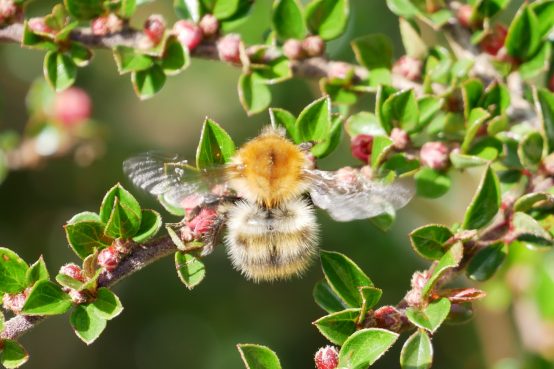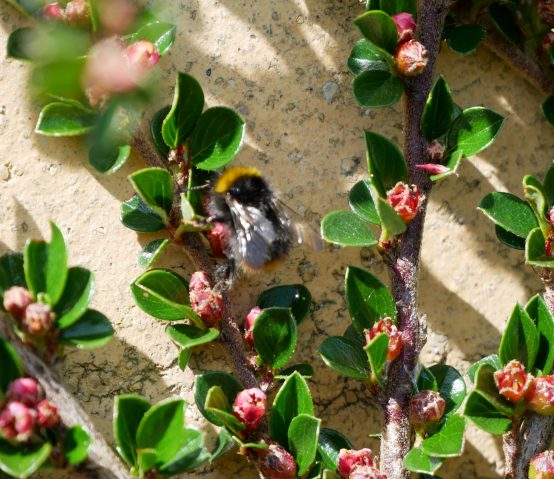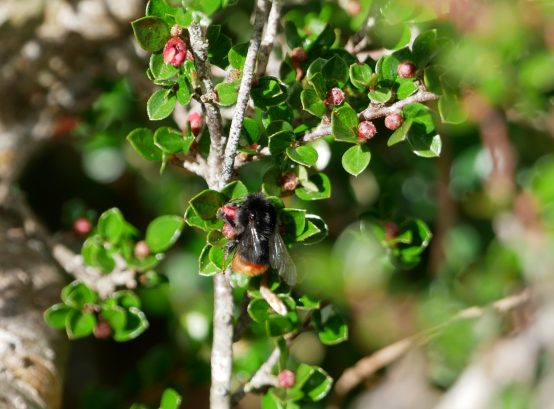by The Curious Scribbler
Two years ago I was among many shocked by the appearance of the first residential block on the site where the ill-fated Plas Morolwg formerly stood. That build is now complete and the massive and unattractive ramparts of Maes y Mor now tower above the road to Tanybwlch beach.
Many people felt that planners displayed a distinct lack of aesthetic sense in approving this development overlooking our pretty harbour. Now, it seems that opportunist developers Ellis D&B Ltd have concluded that this part of Aberystwyth is a taste-free zone, and provides the perfect opportunity to cram in a yet taller tower block, this one to house six rather expensive apartments.
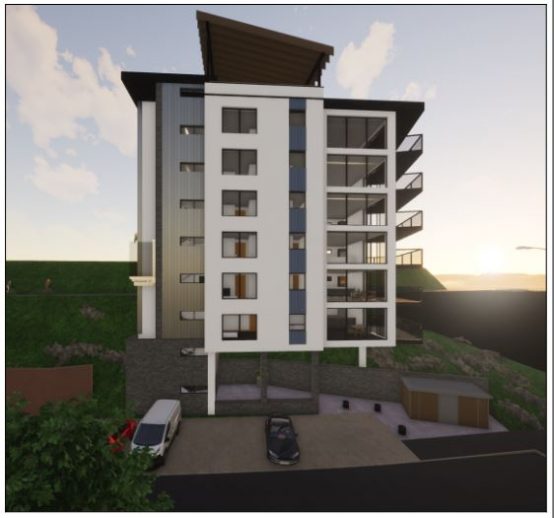
A montage of the end view of the proposed building, with Alltwen beyond.
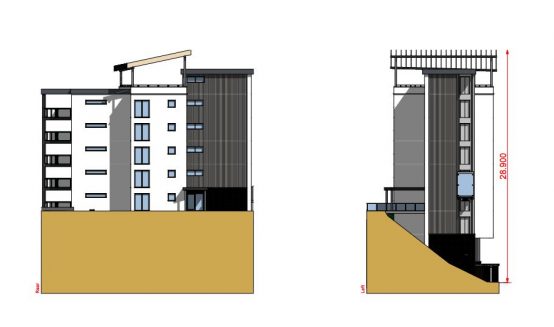
I am always intrigued by the tricks of the planning application. This building is described as six storey, which would already make it the tallest building in Aberystwyth, but if you look at the plans it actually has eight floors! it is topped by an entirely unnecessary roofed ‘amenity area’, and, owing to the sloping site, the occupants would enter the building from Penyranchor on the second floor! Most people would think it an eight storey development.
Another quirk is the ‘two bedroomed apartment’ description. It is probably true that there is a need for more accommodation of this size. However look at the floor plans! Most people would consider them three-bed flats. The third ‘bedroom’ is designated an office! Two bathrooms seems quite lavish.
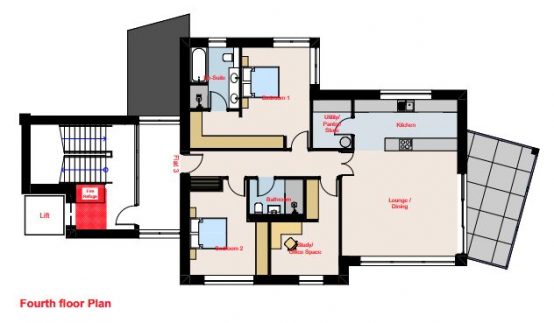
The timing of the application is understandable, for the new structure will block the view out from balconies of the new Maes y Mor flats and would generate shrieks of objection from the 56 new owners, were they already installed. There isn’t much about the visual impact in this application except for one elevation plan. Look closely – the proposed building gazes straight into the windows of Maes y Mor, and is level with its roof.
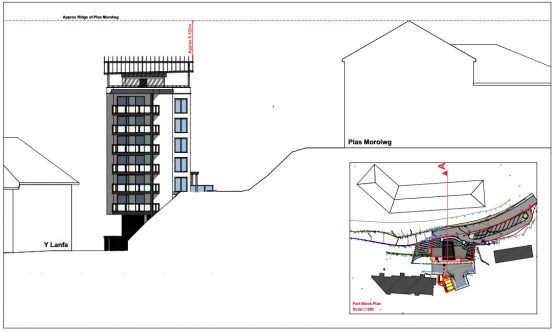
It will also tower oppressively above the established owners of the flats in Y Lanfa and St David’s Wharf.
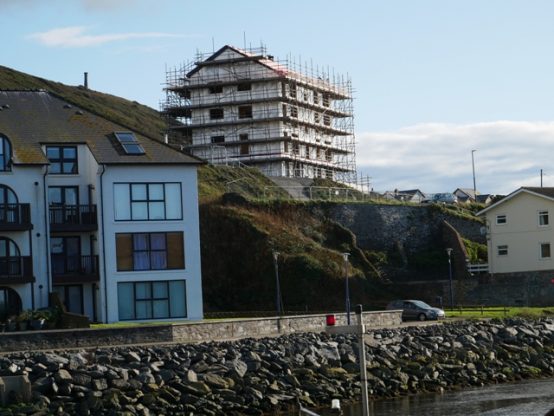
Just room for a tower block? In the space between Y Lanfa, St David’s Wharf and the new residential block on the Plas Morolwg site.
The Ceredigion planning portal is filling up with letters of objection, many of them from the residents of Y Lanfa and St David’s Wharf. It is intriguing that the residents hold 999 year leases to areas where they park, but which are included in the land subject to this development. The Applicant states Certificate of Ownership – Certificate A – Town and Country Planning (Development Management Procedure) (Wales) Order 2012 I certify/the applicant certifies that on the day 21 days before the date of this application nobody except myself/the applicant was the owner (owner is a person with a freehold interest or leasehold interest with at least seven years left to run) of any part of the land or building to which the application relates.
It might be hoped that this alone would be grounds to refuse Planning Permission, but wider public opinion is very important. I am told that the yellow planning notice (Application A210143 Residential development comprising 6×2-bedroom self-contained apartments) only appeared a few days before the closing date for comments, but that actually these can be submitted until 28 May. The view towards Pendinas from across the harbour, and indeed the visual appearance of the balconied front of this development are entirely overlooked in the application.
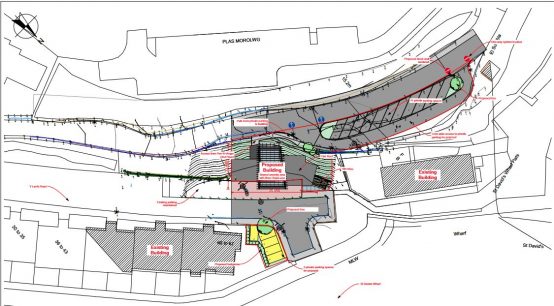
Several commentators have also remarked on the cosmetic appearance on the plan of three green circles, representing trees to enhance this development. This is an interesting idea, and I wonder very much what sort of trees they have in mind. The garden of Windover on Penyranchor has a hedge of beech trees, approaching 80 years of age, wind burnt, sloping away from the westerlies, and not more than 15 feet tall after all these years. Valerian, Thrift and Sea Campion thrive on this thin soiled site. Both trees and an eight storey apartment block would be aliens here.
Afterword:
I have just read the comments submitted by Neil Gale.on the Planning design and Access Statement. This apparently reads:
7.11 “Considering any visual prominence the land is only able to be seen from locations to the west which are limited to the lower section of Aberystwyth Marina/ end of South Marine Terrace Road, neither of which constitute protected view points”
How far from the truth! Mr Gale supplied a recent photo from the Castle Grounds: An eight story apartment block springing up in the centre of this view would break the only unifying character of the developments here, which is that each building is, in relative propertion, long and low(ish).

The view of Maes y Mor from the Castle Grounds. Photo: Neil Gale


